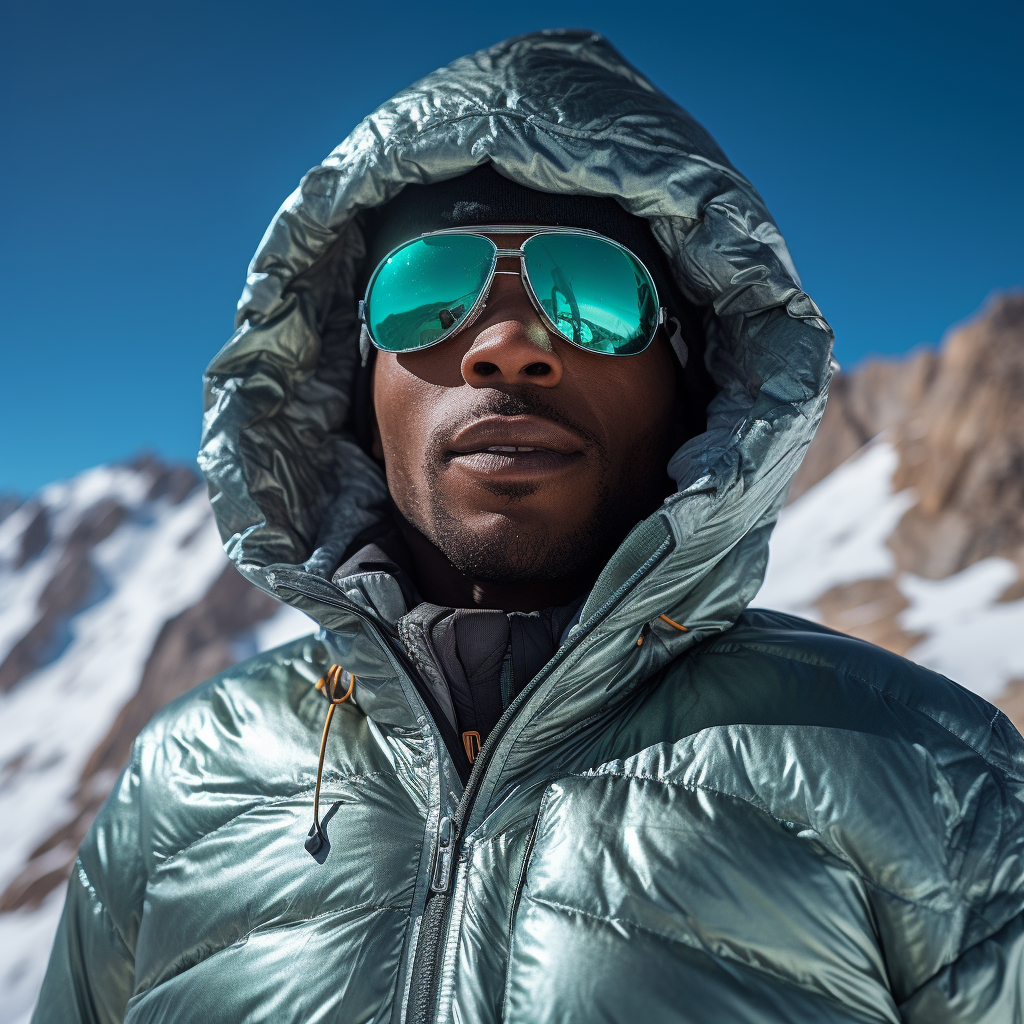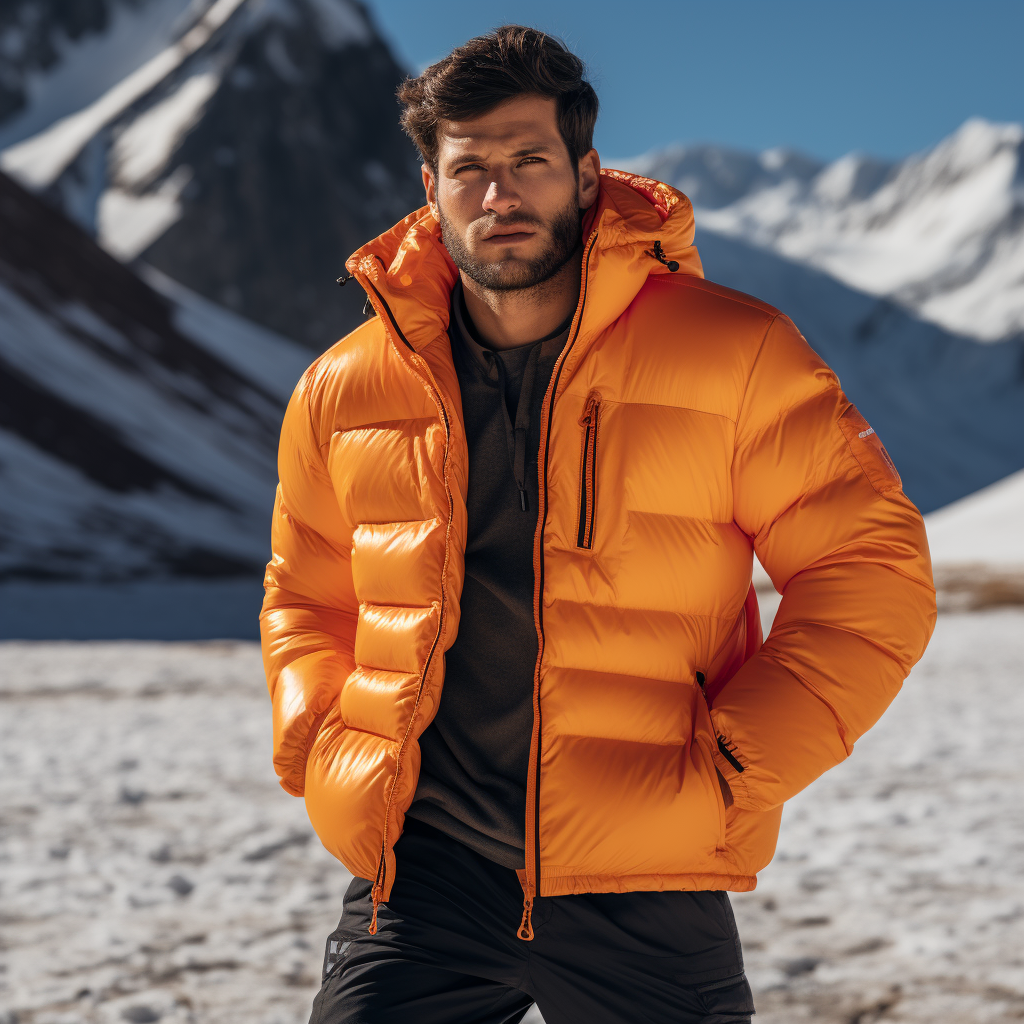

Winter, a season of frosty landscapes and chilly temperatures, brings about a transformative shift in climates worldwide. From the northern reaches of Scandinavia to the southern tip of Australia, each country boasts its unique winter experience, influenced by geography, culture, and traditions. One fascinating aspect of winter across the globe is the diverse range of apparel designed to combat the cold. Let’s take a journey around the world to explore how different countries adapt to winter and the distinctive clothing that defines their cold-weather fashion.
- Scandinavia: Sleek and Functional Designs
In the frosty realms of Scandinavia, where winter can be both beautiful and harsh, the locals have mastered the art of blending fashion with functionality. Countries like Sweden, Norway, and Denmark are known for their sleek and minimalist winter apparel. Iconic wool sweaters, insulated jackets, and waterproof boots are staples in Scandinavian wardrobes. Brands like Fjällräven from Sweden have gained global recognition for their durable and stylish winter gear.
- Russia: Embracing Layers and Fur
Russia, with its vast and extreme winter conditions, has a rich history of cold-weather fashion. Traditional Russian winter attire often includes layers of clothing to provide insulation. Fur-lined hats, known as ushankas, are iconic symbols of Russian winter style. The famous Russian winter coat, the shuba, is a luxurious garment made from fur and often worn on special occasions. These garments not only offer warmth but also reflect the cultural heritage of the region.
- Canada: The Land of Parkas and Toques
In the Great White North, Canada’s winter apparel is defined by its emphasis on practicality and warmth. The ubiquitous winter parka is a must-have, often featuring down insulation and a fur-trimmed hood. Canadians also embrace the humble toque, a knit hat that keeps the head warm in the chilly weather. Brands like Canada Goose have become synonymous with high-quality winter gear, making them a global favorite for those facing extreme cold.
- Japan: Fashion-forward Winter Wear
Japan’s winter fashion seamlessly combines functionality with avant-garde design. In cities like Tokyo, where winters are relatively mild, fashion-conscious individuals don stylish coats, scarves, and gloves. Traditional Japanese winter garments like the padded kimono and the hanten jacket have evolved into modern interpretations, blending traditional aesthetics with contemporary trends. Japanese fashion designers are celebrated for their ability to create winter attire that is both chic and practical.
- India: Regional Diversity in Winter Attire
India, a country known for its diverse climates, experiences winter differently across regions. In the northern states, where temperatures can drop significantly, people wear warm woolen shawls, coats, and traditional embroidered garments. In the Himalayan regions, communities embrace heavy woolen robes and boots. Conversely, in the southern parts of India, where winters are milder, light sweaters and shawls are sufficient to stay warm.
- Australia: Southern Hemisphere Style
In the southern hemisphere, where winter falls during the months of June, July, and August, Australia experiences a milder version of the season. Australians opt for lightweight jackets, scarves, and beanies to combat the cooler temperatures. Ugg boots, originally from Australia, have become a global winter fashion phenomenon. Australians also indulge in outdoor winter activities, such as skiing, and sport functional yet stylish winter sportswear.
Conclusion:
Winter, a season that unites people across the globe in the shared experience of cold weather, manifests itself uniquely in each country. From the sleek designs of Scandinavia to the fur-lined elegance of Russia, and the fashion-forward statements of Japan, the diversity in winter apparel reflects the rich cultural tapestry of our world. As we bundle up in our respective winter wardrobes, we are not just keeping warm; we are also expressing our connection to the climates and traditions that shape our lives.
